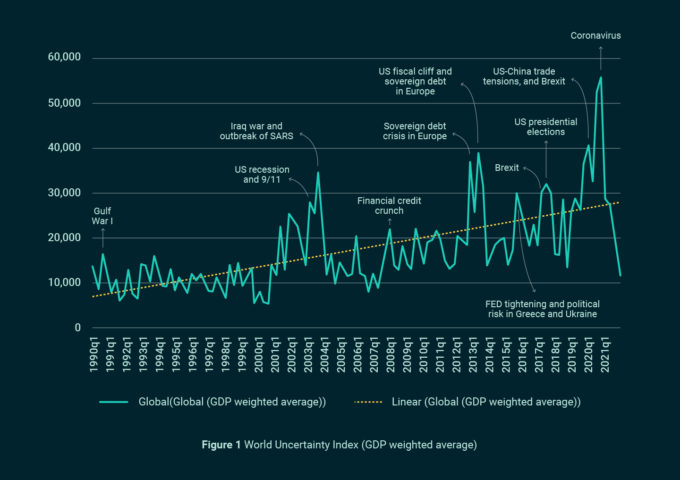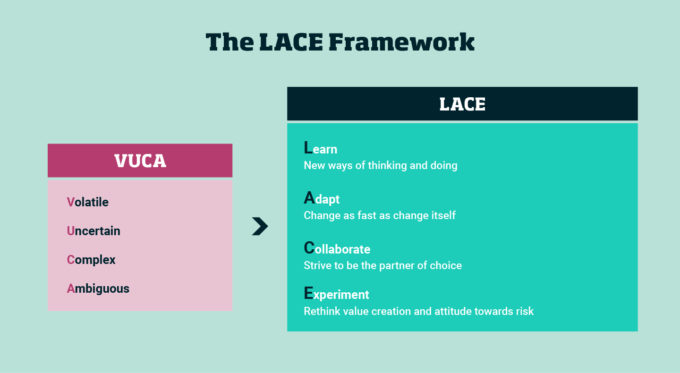When the World Health Organization (WHO) announced the COVID-19 pandemic in March 2020, I was just finishing up an assignment in Oman. On the way to the airport, seeing the news, I bought a mask for the flight home to Switzerland.
My colleague on the trip was somewhat surprised by this – after all, I was probably the only person on the plane wearing any protection. Of course, I felt a little self-conscious, but, as a trained biologist, I had some sense of what was to come, and I was ready and able to adapt my behavior in response. Three months later, the WHO updated its own guidance to recommend the wearing of face masks to tackle the rapid spread of the virus.
Being ready to react to disruption goes beyond having the right knowledge at hand; it requires developing certain traits that allow us to continuously put that knowledge into practice and to adapt. For organizations, it means fostering a specific kind of culture biased towards action.
The pandemic may have transformed the way we work, consume and live, but, in reality, this shock to the system only served to turbocharge forces that were already reshaping our world. COVID-19 was the ultimate stress test for the ability of companies and leaders to navigate, adapt, survive and seize opportunities in a VUCA world.
How did you fare? I’m sure most executives would say they could have done better. Perhaps you didn’t react quickly enough, or failed to see certain trends emerging. Did your organization lack the agility, creativity and leadership necessary to pivot? Were you well prepared to turn trends into opportunities? Did you ask the right questions early on? Maybe you had failed to nurture an active ecosystem to co-create solutions for the unprecedented challenges posed by the pandemic.
It is possible, but not easy, to learn how to react to rapid change. Over time, we can train ourselves and our teams with the culture and attributes needed to continuously adapt and prosper, rather than drown, in uncertainty and the fear of the unknown. In this article, I would like to propose a helpful and battle-tested framework and checklist to assess and then strengthen your own VUCA world readiness.
We are living in a VUCA world
The term VUCA – used to describe the ever-changing and unpredictable nature of the global economy – dates back to 1987. While the pandemic sent global uncertainty soaring to record levels in 2020, uncertainty has in fact been trending upwards for decades.







